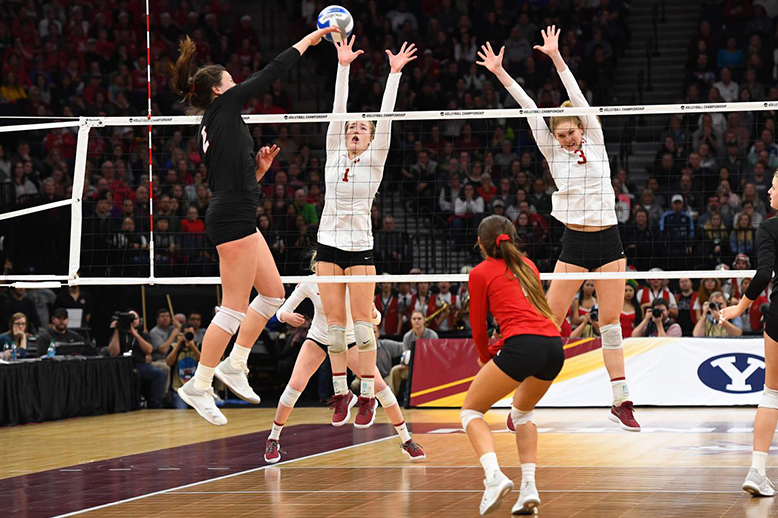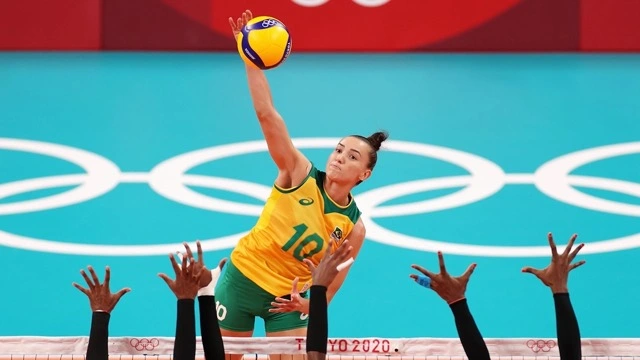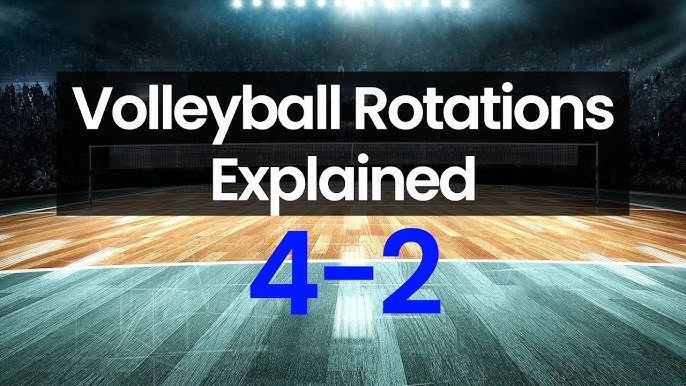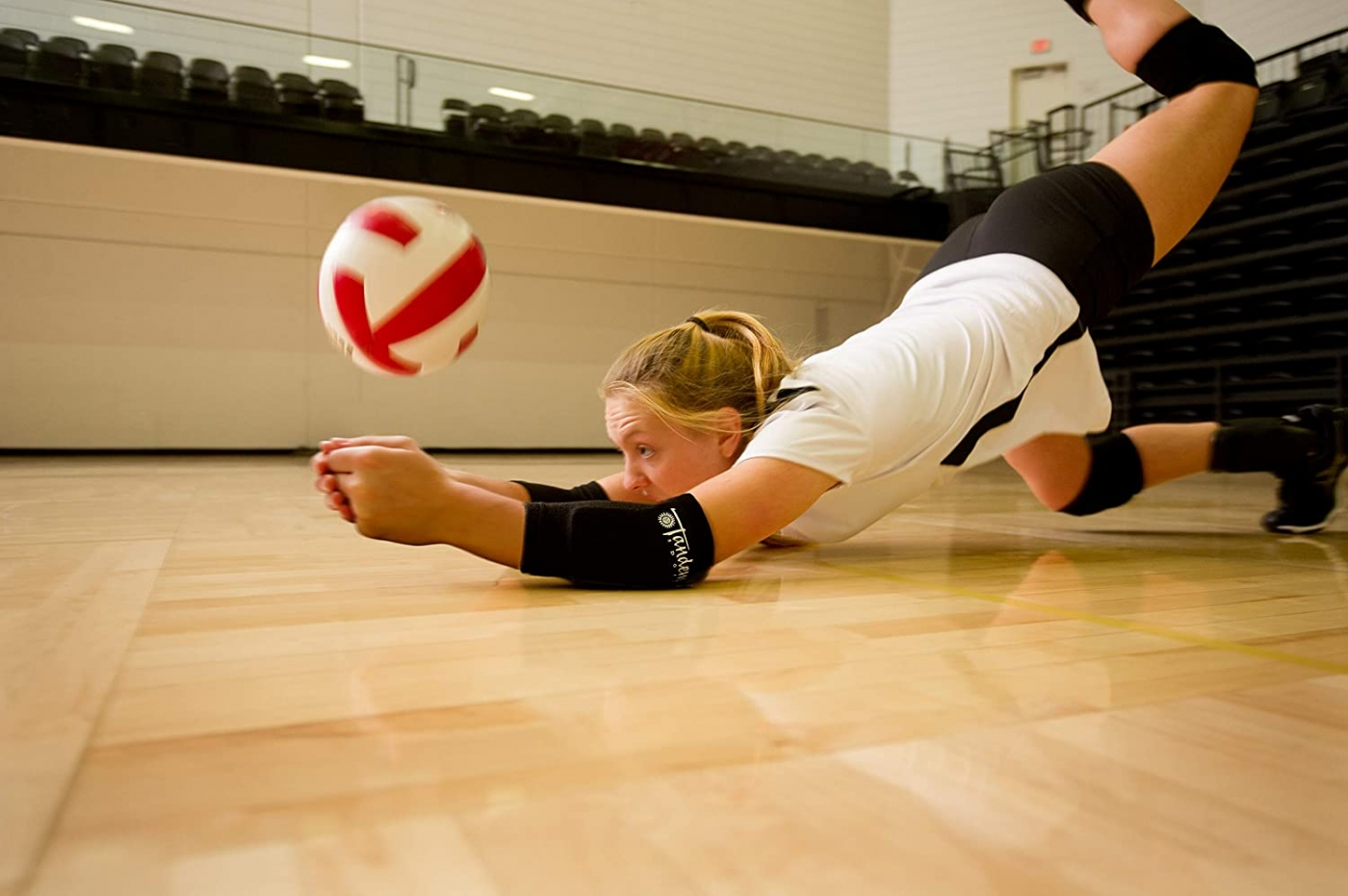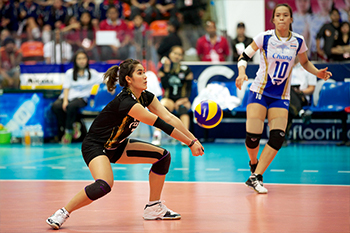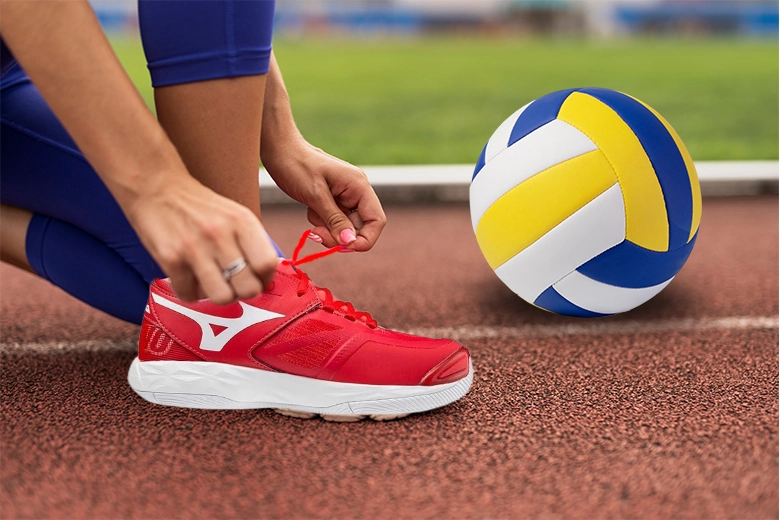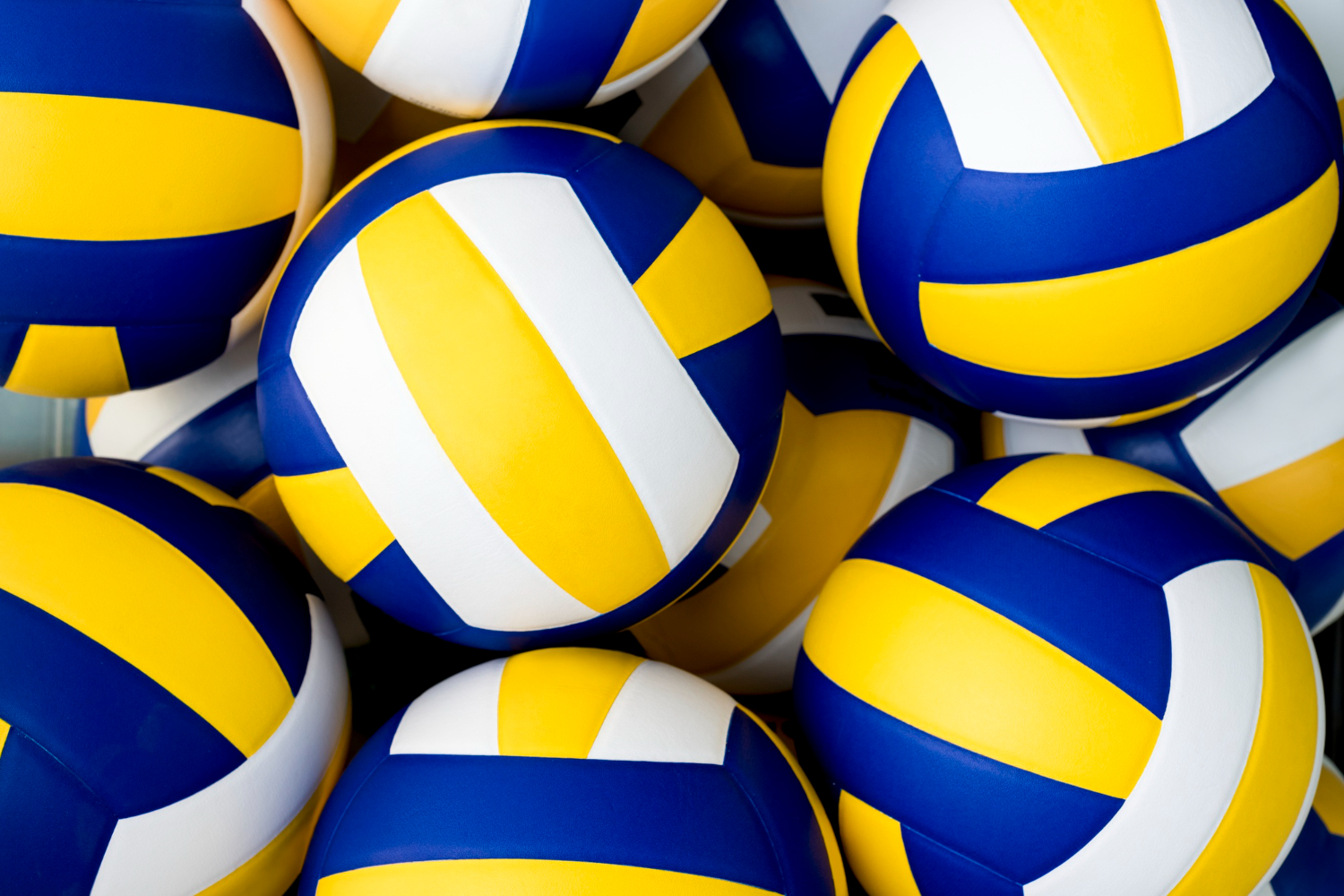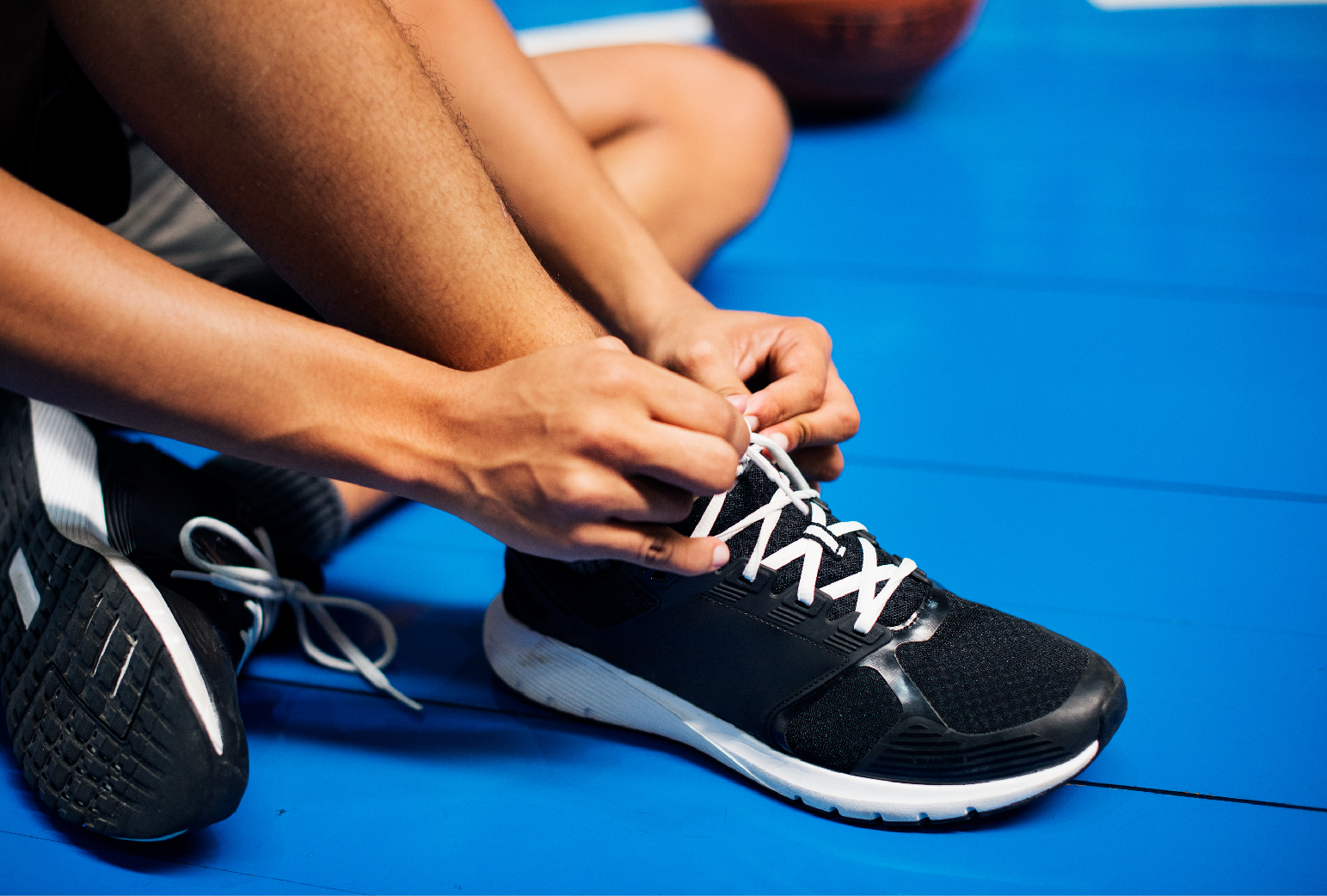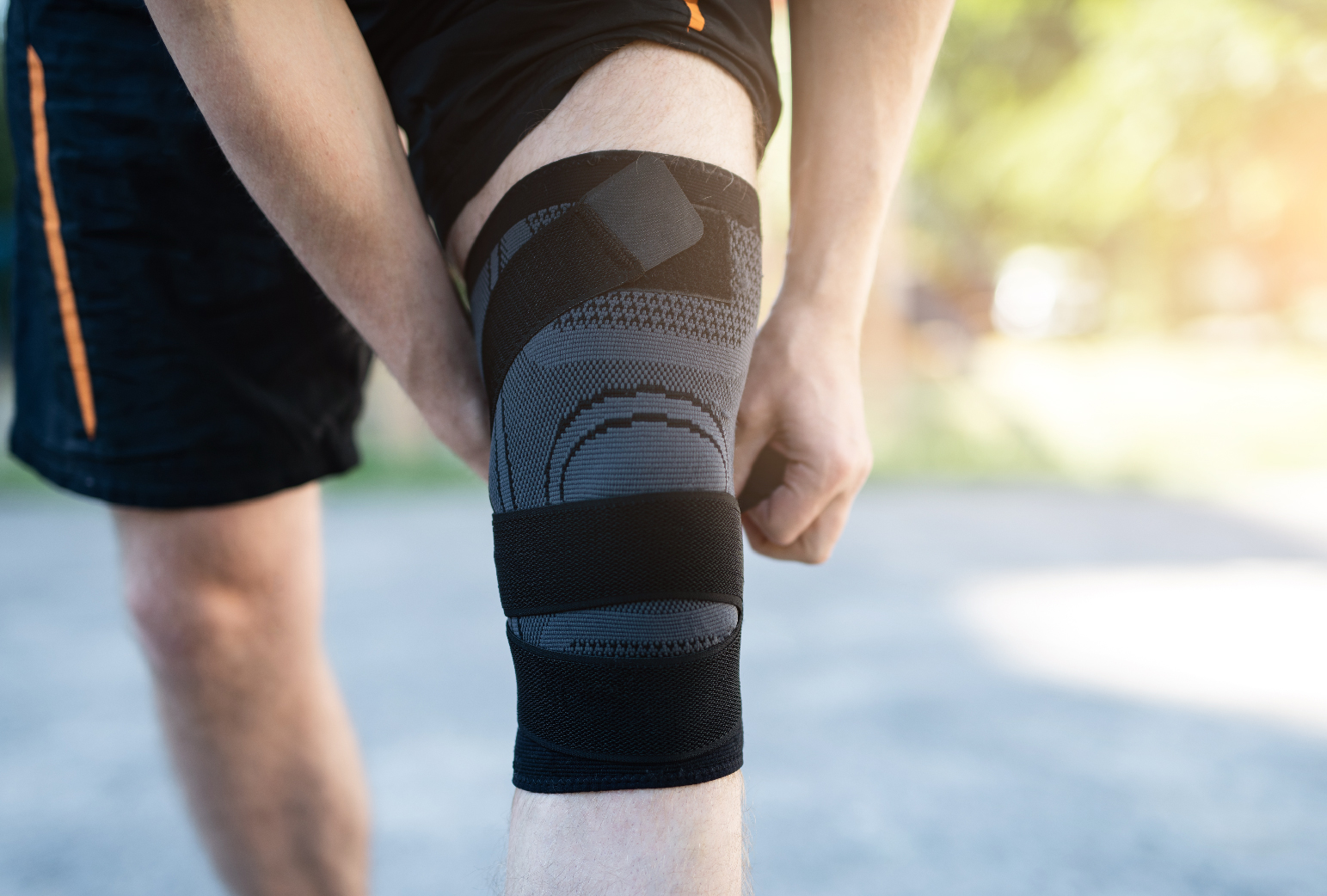You have probably heard the term “ pin hitter” tossed around by volleyball enthusiasts. So, what is a pin hitter in volleyball? Well, pin hitters are the players who attack the ball from outside or in the opposite position of the court. They are always ready to smash the ball past blockers to secure crucial points.
However, being a pin hitter is not as easy as individuals think. Many people acknowledge that it’s all about brutal force, but hear me out – it is not all about it. So, what is it about? A pin hitter needs a strategy, court awareness, or the right timing, and combining these skills can outsmart the defense.
In this article, we will explore what is a pin hitter in volleyball and which hitter position is better.
What is a pin hitter in volleyball?
So, what is a pin hitter in volleyball? Pin hitters are players who are positioned near an antenna or pin on the left and right sides of the court. The term “pin hitter” refers to the fact of often hitting wide sets toward the antenna. Does labeling as pin hitter mean they are limited to one part of the court? No, that’s not true; they can attack from anywhere from the middle of the court or even from the back row.
Is pin hitter term only used for outsiders? No, the term pin hitters is used for both outside and right-side hitters. However, they are vital for the team’s offense, and that’s what makes them so valuable.
Are there two outside hitters in volleyball?
Yes, the outside hitter is also known as the left-side and the right-side hitter. They are called left or right-side pin hitters because they are positioned near the antenna on each side of the court. What are their roles in volleyball?
We will talk about outside hitters first; they are the workhorse of the team and responsible for a huge chunk of the offensive action. Their job is to attack the ball and keep the team on the scoreboard, but sometimes, if they are playing in rotations, they also play a vital role in serve-receive and defense.
Now, let’s talk about the opposite hitter; it is usually the tallest player on the right side of the court to block the opposing team’s powerful attacks from the right front spot. However, as compared to outside hitters, they tend to block more frequently to shut down the other team’s main attackers.
What is the best hitter position in volleyball?
An opposite hitter is known as the best hitter position in volleyball. They are not only responsible for hitting but they are involved in almost every aspect of the game. Why? They need to set the ball when the setter is out of position, hit from the front and back rows, and dig for quick attacks. In short – they have to manage a hefty workload.
Furthermore, the opposite hitter is like the Swiss army knife of the team during a tough rally. Where if the setter dives for a save, the opposite quickly steps in to set the ball to block an attack. Do not forget the height, which is a big asset when blocking the opposing team’s outside hitters. That’s why they are the second-tallest player on the court.
However, the performer switches roles seamlessly while still maintaining a strong offensive presence, making this the best and toughest position.
Why are outside hitters and pin hitters different from each other?
The key difference between an outside and a pin hitter lies in their position and role on the court. A pin hitter refers more generally to a player positioned near the antennas or “pins, while an outside hitter always lines up on the left side of the court, both in the front and back row. Furthermore, outside hitters need to be versatile in every rotation, while pin hitters are more focused on blocking and hitting from both the right and left sides of the court. That is why it is important to understand – what a pin hitter in volleyball.
Conclusion
We have discussed briefly the basics and learned about What is a pin hitter in volleyball. They are the true multitaskers responsible for handling everything from powerful spikes to crucial blocks near the antennas. However, being a pin hitter means versatility, power, and a lot of responsibility because you’re not just there to attack – you’re also a key part of your team’s defense and, in some cases, backup setter. So, it is time to set up to own the court and become the go-to player your team can rely on.

